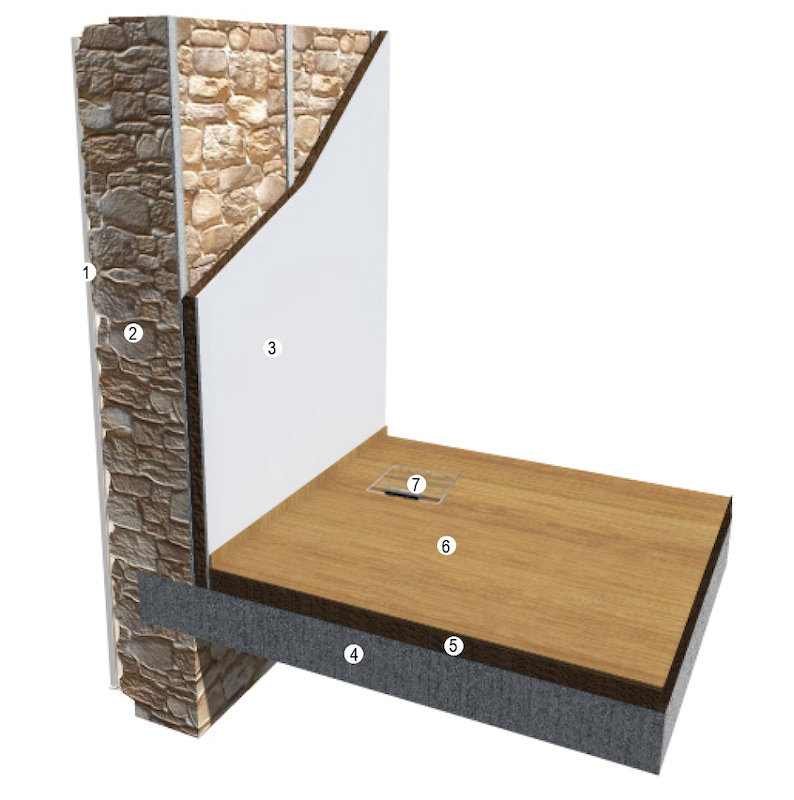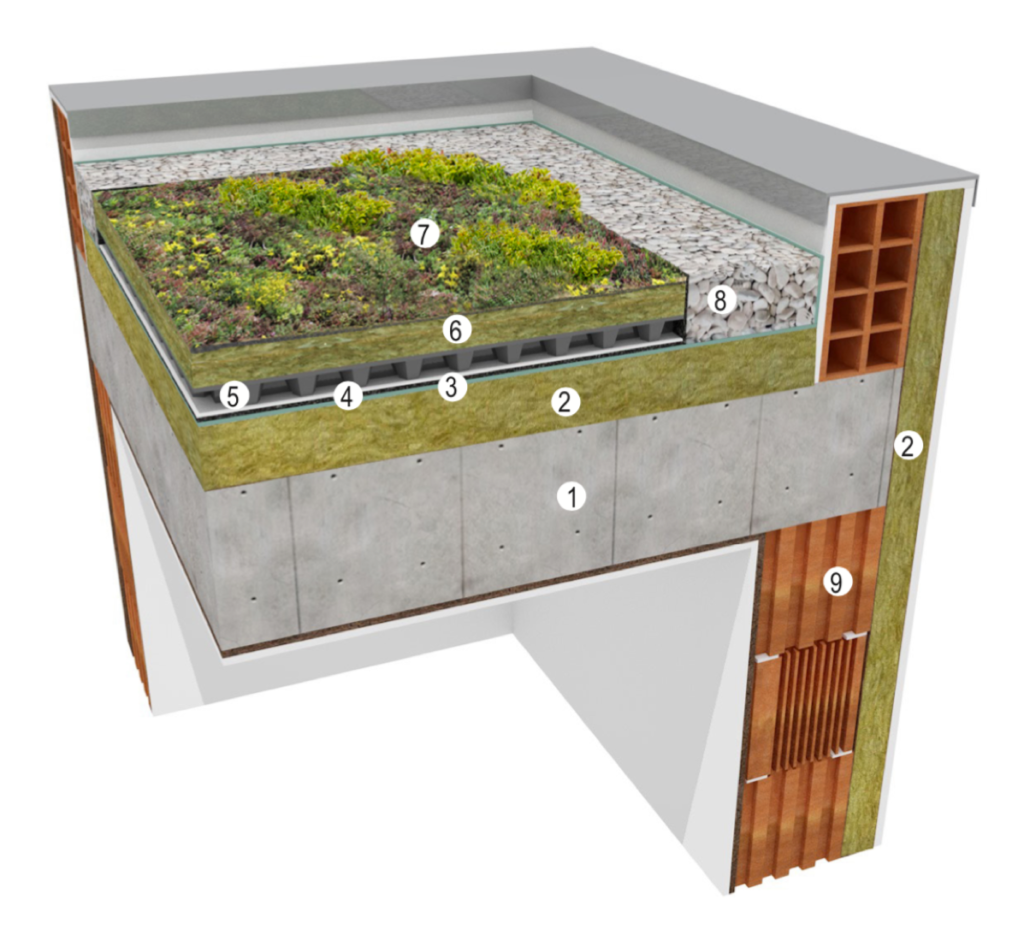To achieve the reduction or elimination of pathological problems, special care must be taken in the various stages of the construction process. It is no coincidence that it is said that an uncorrected error in the project always multiplies by five with regard to the corrections made later. That is, an uncorrected error in the project can be five times more expensive being corrected on site, and twenty-five times more expensive if it is corrected only after the completion of the work!
Therefore, the exact location of materials and products for construction, always opting for products recommended by the PCS, are an added value in the path of sustainability.
NOTE: The recommended solutions should be considered as standard solutions that can/should be adapted to each case. We emphasize that the detail design must be specific to each situation.
“The occurrence of pathologies in buildings is, unfortunately, a constant. This is due not only to the unskilled workforce, but also to the lack of planning and inadequate execution projects, which requires a wrong conduct of the construction work, often repeating cycles that cause losses of the elements and associated pathologies, such as humidity and cracks that, in turn, imply adjacent environmental impacts, as unnecessary consumption of energy and natural resources. But also the quality of the materials used contributes to the appearance of pathologies. Materials not certified or properly recognized may bring manufacturing defects or lack of warranty, affecting the final product. Its improper use, combined with the lack of care in the execution and the subsequent lack of maintenance, can generate extra expenses for users. In many cases, buildings less than five years old already require repair work that could be completely avoided. As an example, the lack of insulation in the correction of thermal bridges or execution failures associated with the application of the same imply early problems, such as humidity and condensation.
According to the PCS, there are several factors that interfere in the final quality of the civil construction product, and it should be noted:
- In planning – the definition of all the desired steps and performances;
- In the project – the drawings, especially the details of the constructive solutions adopted, specifying and describing all the materials to be used;
- In materials – quality and compliance with specifications;
- In execution – quality and compliance with specifications;
- In use – the type of use intended for the built environment combined with the building’s user manual.”








